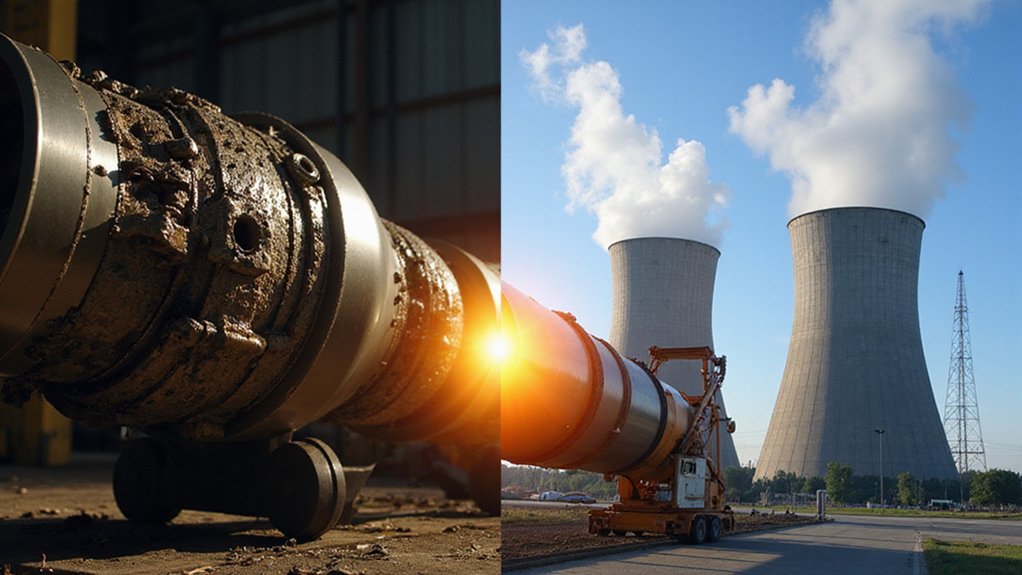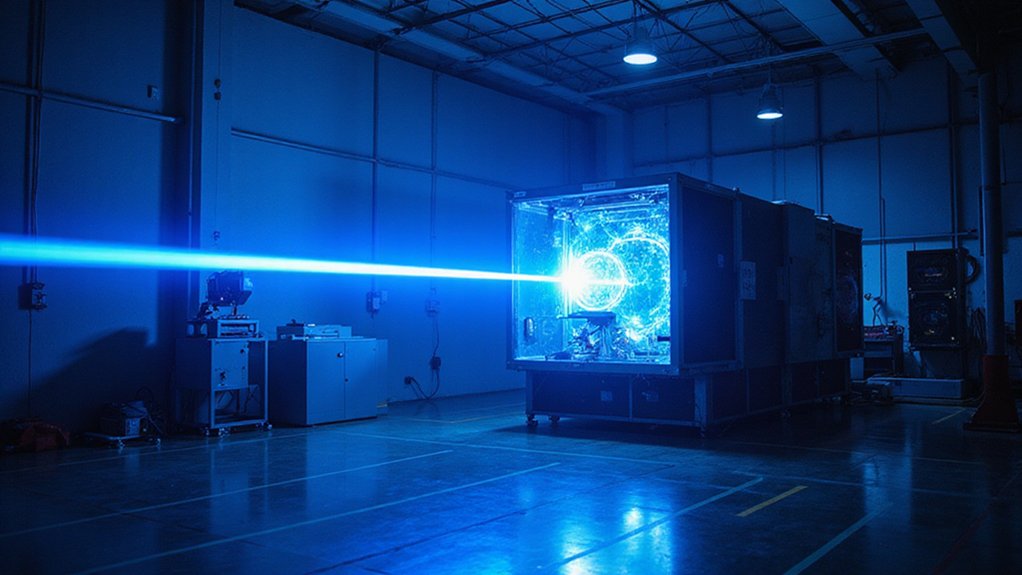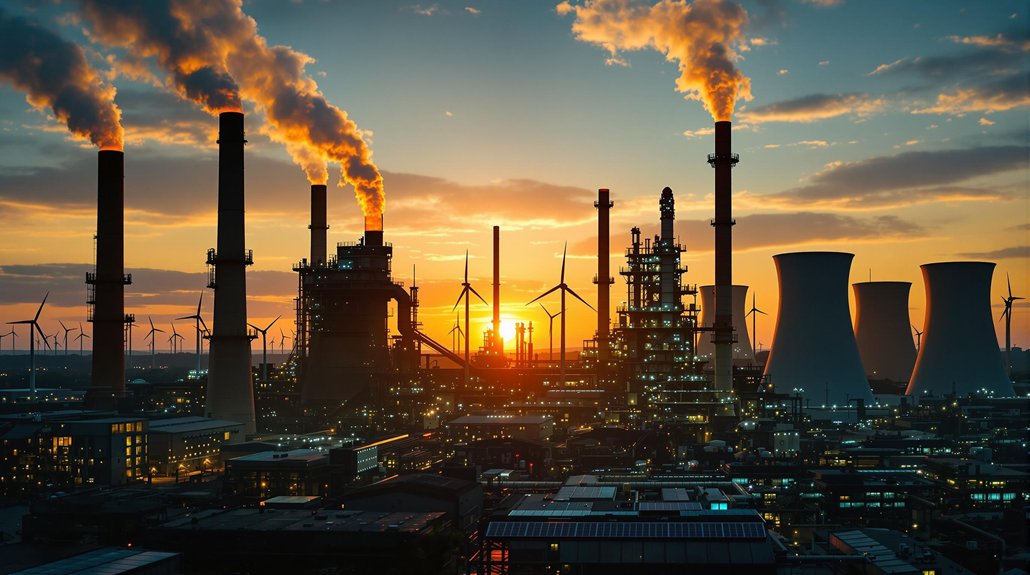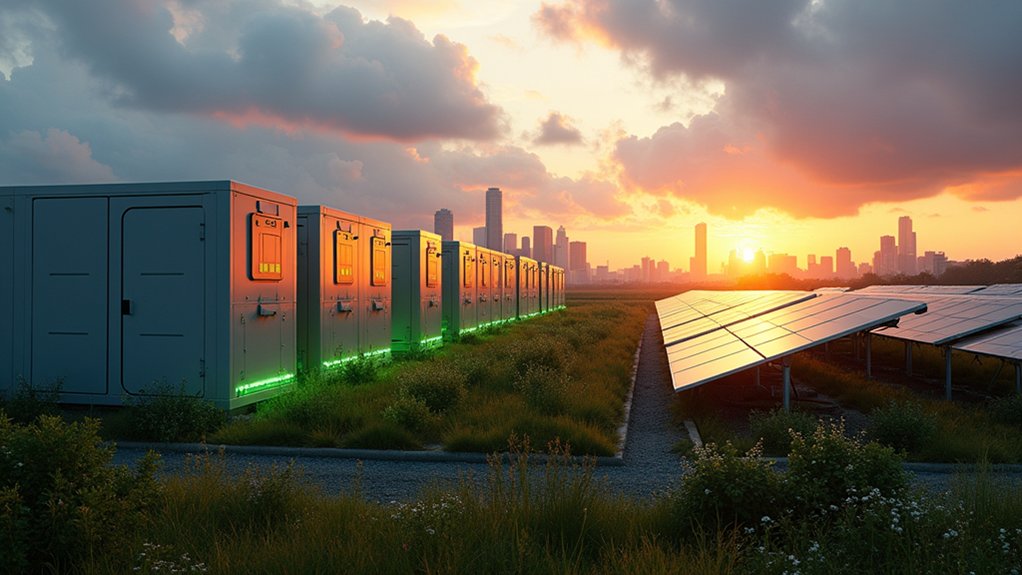While many AI image systems use complex, power-hungry methods, MIT researchers have developed a groundbreaking approach that changes everything. Their token-based image generation method compresses 256 × 256 images into just 32 tokens, capturing the essential visual features without needing massive computing power.
The key innovation is the complete removal of traditional generator networks. Instead, MIT’s method directly modifies token sequences through gradient-based optimization. This means images can be created, edited, or transformed without adjusting each pixel individually. The system can turn a red panda into a tiger or fill in missing parts of photos with remarkable accuracy.
This streamlined approach drastically cuts energy consumption. By shrinking the token space and eliminating bulky generator components, the system requires far less memory and processing power. The result is AI image creation that can run on standard laptops rather than expensive cloud servers.
Despite its simplicity, the quality remains impressive. The system produces images with high semantic fidelity and detailed visuals that match text prompts accurately. It works through a straightforward process: input image → tokenization → token optimization → detokenization → output image. This novel workflow represents a significant advancement in the field of AI-based image processing.
Simple yet powerful—creating detailed, accurate images through elegant tokenization and optimization rather than pixel-by-pixel manipulation.
The technology leverages existing models like CLIP for text-image alignment but handles the actual creation process in a much leaner way. This makes it more accessible for everyday users who don’t have access to industrial-scale computing resources.
When compared to conventional approaches like GANs and diffusion models, MIT’s method stands out. Traditional systems process hundreds of tokens representing small image patches, while MIT’s approach uses just a handful of global tokens. The research began as part of a graduate seminar on deep generative models, showcasing how academic exploration can lead to practical breakthroughs. This design allows for precise editing at the token level while maintaining high-quality outputs.
Demonstrated at ICML 2025, this breakthrough promises to democratize AI image creation by making it faster, more energy-efficient, and accessible to users without specialized hardware.
References
- https://engtechnica.com/mit-redefines-image-generation-with-token-only-ai-method/
- https://news.mit.edu/2025/new-way-edit-or-generate-images-0721
- https://news.mit.edu/2023/computer-vision-system-marries-image-recognition-generation-0628
- https://www.youtube.com/watch?v=oTfXBw_Wnrw
- https://www.digitaltrends.com/computing/nvidia-mit-ai-image-generation-hart-model-hybrid-approach/









